First, let’s clarify the term ‘sustainability” we have all heard this term at least once, it is getting popular on social media. There are many different views on this concept and how it can be recognized. The most common definition you will find online is given in 1987 by the United Nations / Brundtland Commission:
Sustainability simply means meeting our own needs without compromising the ability of future generations to meet their own needs. In addition to natural resources, we also need social and economic resources. The concept contains 3 spheres or pillars: economic, environmental, and social. They are also known informally as profits, planet, and people.
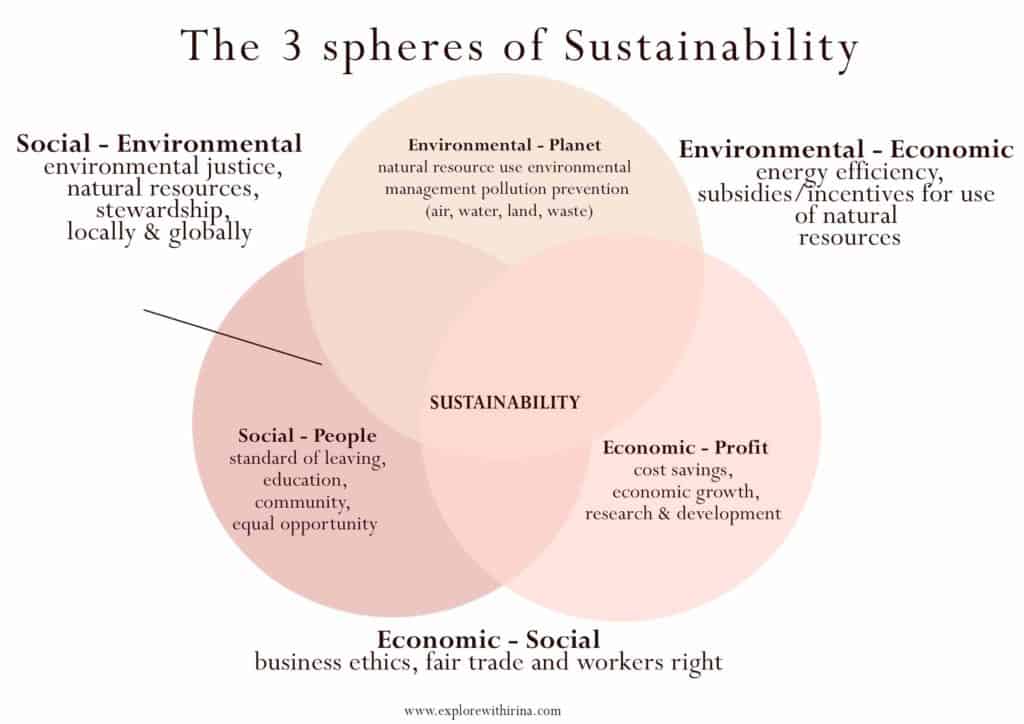
So, with that being said, sustainable living starts with the small things around you. Like reducing your demand for goods that are made from non-sustainable environmental practices. Living sustainably is about creating new healthy habits for you, your family, and your surroundings.
The right sustainable lifestyle and choice of products for you vary on where you are in the world and the nature of your lifestyle. Your core values, and beliefs.
Sustainable Fashion
Today, the fashion industry is not sustainable. We are consuming natural resources and exploiting people in ways that will impact future generations and the resources we rely on. We have the power to change the way fashion is produced and consumed. While there are many sustainable initiatives, we should be aware there is no way to be 100% sustainable… yet.
As per Wikipedia
“Sustainable fashion is a movement and process of fostering change to fashion products and the fashion system towards greater ecological integrity and social justice. Sustainable fashion concerns more than just addressing fashion textiles or products. It comprises addressing the whole system of fashion. This means dealing with interdependent social, cultural, ecological and financial systems.[1] “
2 Different Approaches / Perspectives
There are two different approaches and perspectives to Sustainable Fashion; one is us (the consumers/customers), and the other is the brand.
1. From the Consumers’ point of view, we should be more conscious of our choices. That means asking questions when we are looking for new products. Where are the products made? What are the fabrics used, are any harsh chemicals used in the developing process? Is this brand transparent, will this piece last 30 wears or longer, do I actually really need this?
2. Sustainable Fashion for Brands includes all stages of a product life cycle, manufacturing, production. Materials, designing, transport, storage, marketing. When a brand is considering socio-economic development and environmental welfare, they can truly market themself as sustainable. They should be completely transparent about their story.
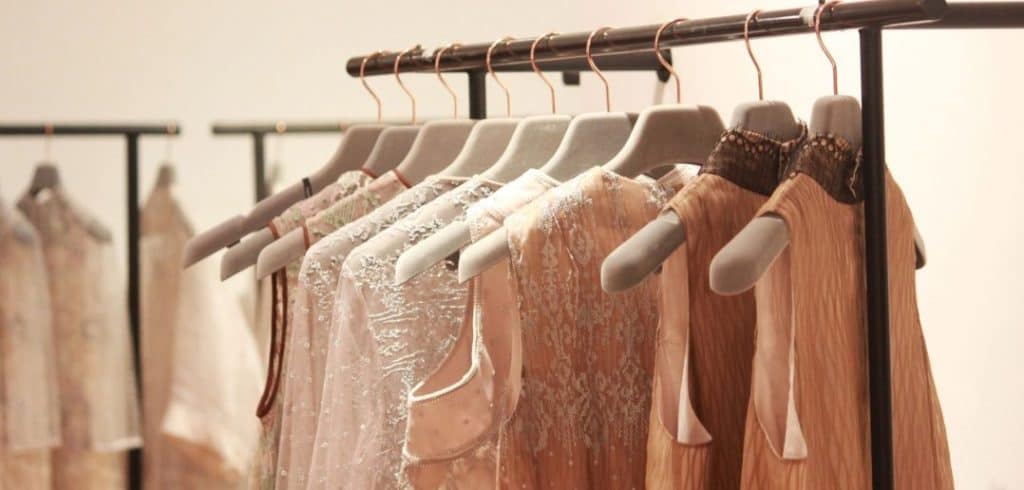
Under the umbrella of Sustainable Fashion
In the past few months, I’ve been studying and I came across many different subcategories or terms that are falling under the Sustainable Fashion umbrella. (or that’s how I understand them)
And I’m sure you have heard about them too. Eco – Friendly, ethical fashion, zero-waste fashion, slow fashion, recyclable fashion.
These forms of sustainable fashion are concentrated in certain areas regarding sourcing, production, process, and delivery.
1.Eco-friendly / sustainable fashion
Eco-friendly and sustainable fashion brands can easily overlap, you will find different but similar definitions. So, under eco-friendly or sustainable fashion is any brand or line that is working towards minimizing the environment’s impact. And often the health of the consumers and the working conditions for the people making the clothes. They opt for fibers and organic, recycled, or repurposed materials, limiting harmful chemicals/dyes, reducing energy/water usage, and waste. Overall choosing low-impact options wherever possible. This type of fashion is focused mostly on the environment and aims to keep its carbon footprint as minimal as possible. Remember, all fashion products take water and energy to make, so there is no such thing as a 100% eco-friendly piece of fashion yet.
2.Ethical Fashion.
There are two sides to ethical fashion, human and animal rights.
The human side means the people who work on an item are provided safe working conditions and compensated fairly for their work. In this sense, workers throughout the production chain will have the rights they deserve, no matter where they’re located.
The brand is transparent about sourcing their clothes, if the materials are organic and non-harmful and if they are paying fair wages.
In addition to humans, Ethical brands also have a deep loyalty to animal protection. When you hear about Vegan or cruelty-free brands, they use alternatives to animal fashion items like fur and leather.
One drawback is that existing alternatives are usually made with petroleum products, which is not a sustainable solution. However, new alternatives are coming up every day, such as leather made out of pineapple or faux fur made of hemp, both eco-friendly and ethical.
3.Slow fashion
Slow fashion is the opposite of fast fashion, fast fashion is based on having new trends every week. Selling garments with a short life cycle, which leads you to shop continually. Slow fashion is all about quality over quantity. And most of the time, slow fashion brands involve local artisans and the use of eco-friendly materials.
Slow fashion is also about creating garments that carry the cultural and emotional connection, relevant to the places and people that made them. The best way to shop is to build your wardrobe with items that you can wear season after season, this gives you the freedom to create your own style, not having to follow every trend. When you choose quality over quantity, you end up having a wardrobe where all your garments are your favorite, and we all know that we take special care of our more expensive items and tend to keep an eye on them more than the one we got for 20$, right? It’s all about timeless pieces, conscious consumption, quality, and durability.
The slow fashion movement introduces a thoughtful, intentional, and holistic approach to the things we buy and how we live.
4.Zero-waste fashion
Zero-waste fashion brands are the ones that generate little or no textile waste at all in their production. It can be considered to be a part of the broader Sustainable fashion movement. These brands are divided into two general approaches.
-
Pre-consumer, zero-waste fashion eliminates waste during manufacture.
-
Post-consumer, zero-waste fashion generates clothing from post-consumer garments such as second-hand clothing, eliminating waste at what would normally be the end of the product use life of a garment.
5. Fair Trade.
Fair Trade brands make sure that their workers who live in underdeveloped or developing countries earn a fair living wage. With that, ensuring fair wages also support education and directly improves workers’ quality of life. This concept is similar to how Ethical brands operate.
6. Recyclable fashion
Recyclable fashion brands usually are involved in finding another use or recovering already existing garments and textiles almost at the end of the life cycle.
–Downcycling means using textile waste and existing clothing as base materials to make new garments with lesser quality while
-Upcycling aims to make ones that are better than the original
The main goal of this recycling process is to remove the unwanted clothes out of the waste cycle.
I hope by now, you have a better idea of Sustainable Fashion. If you already knew all of this and have something more to share, I would love to hear it. This is a fast-growing subject, and the more information for everyone, the better.
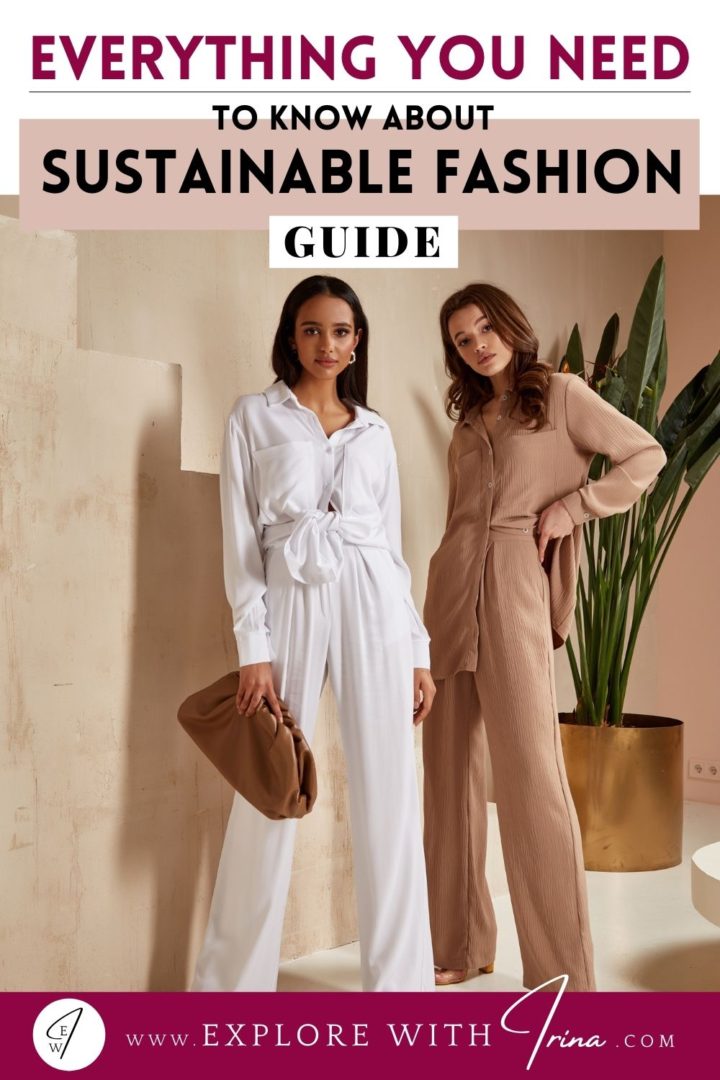





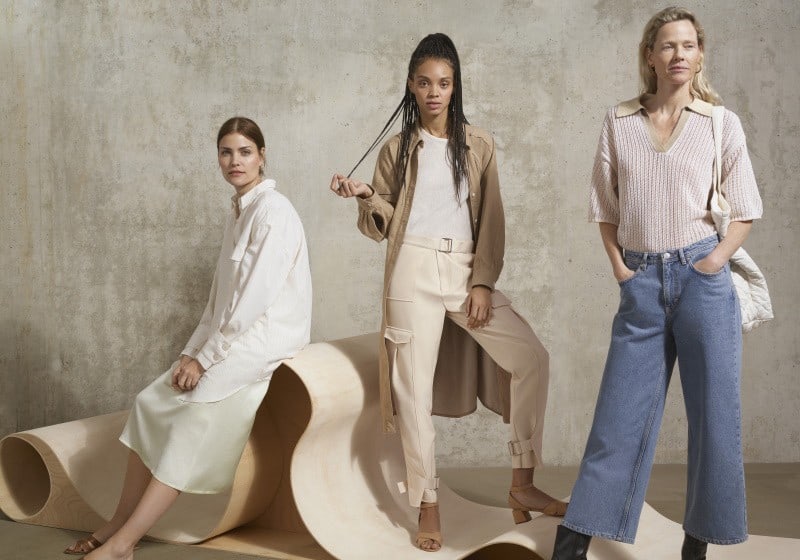
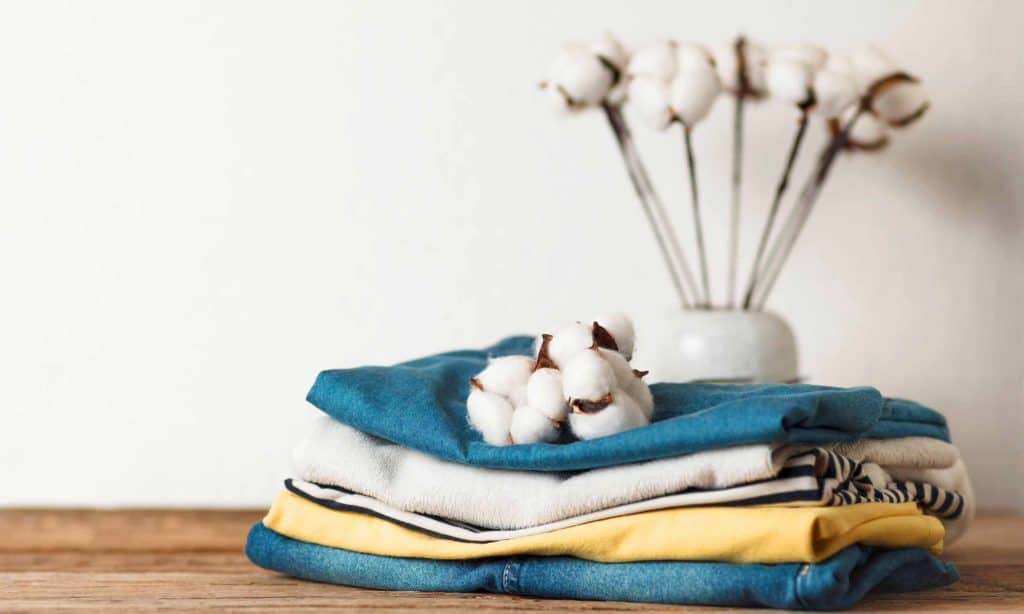
0 Comments